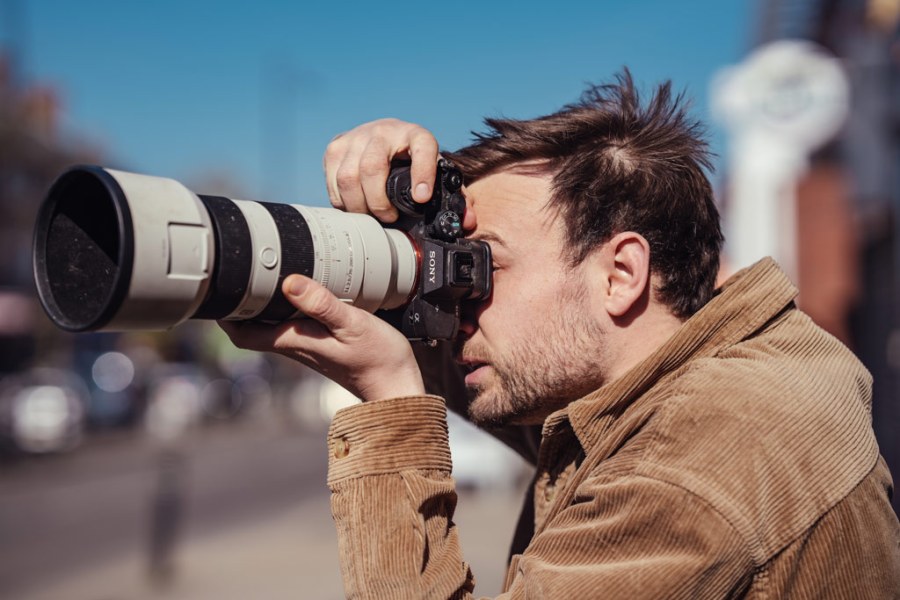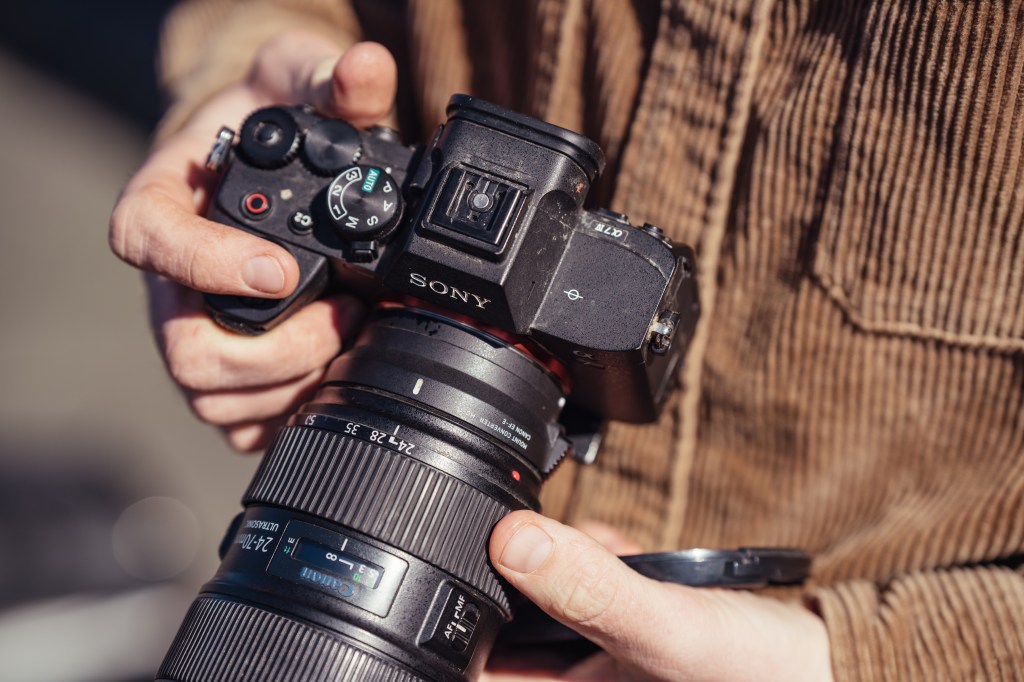From commercial to personal shoots, Callum McInerney-Riley discusses how the Sony Alpha A7 IV has become a go-to camera for all his photography needs, after being a long-time Canon user. Could it be one of the best Sony cameras? Callum certainly thinks so.
Sony Alpha A7 IV at a glance:
- 33MP full-frame sensor
- 5-axis in-body stabilization, up to 5.5 stops
- 4K 60fps video recording, or Full HD 120fps
- 693-point Hybrid AF with real-time eye AF
- 0.78x, 3.69m-dot OLED viewfinder
- 3.0-in, 1.44m-dot articulated touchscreen
- Dual UHS-II SD card slots
- Wi-Fi and Bluetooth connectivity
Last year, I wrote a long-term review for Amateur Photographer Magazine of the Sony Alpha 1 after using it for 3 months. While I loved my experience with the Sony Alpha 1, my conclusion was that the Alpha A7 IV would be a better choice for me. My decision was made on two key factors. Firstly, the A1’s Street Price is ($6,498) £5,879, which is more than double the A7 IV’s comparatively modest($ 2498) £2399. Secondly, I just don’t need the insanely high-end specification of the Sony Alpha 1. Of course, it’s wonderful to have a 50.1MP sensor, 30fps shooting, and 4K 120fps video. But honestly, the A7 IV’s 33MP sensor, 10fps and 4K 60fps video is perfectly adequate for what I do. So, I bought a A7 IV back in August 2022 and for the last 9 months, I have been shooting with it exclusively. Has it lived up to my expectations?
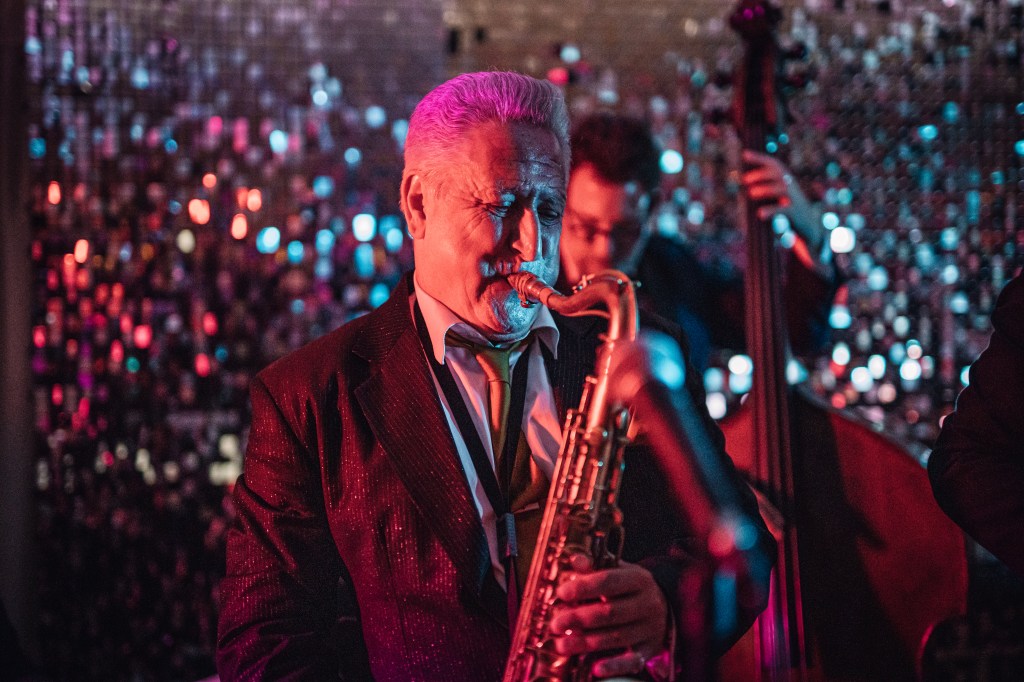
The A7 is an ideal choice for portraiture, food photography or events to name a few. Sony Alpha 7 IV with 50mm F1.4 DG HSM | Art lens (1/1250, ISO 2800, F1.4) Photo credit: Callum McInerney-Riley
Sony Alpha A7 IV – Why I switched to Sony mirrorless
Before jumping ship to Sony, I had been shooting professionally with Canon cameras since the days of the Canon EOS 5D Mark II some 15 years ago. As a former technical writer for Amateur Photographer, I am no stranger to playing with the latest and greatest camera tech on the market. I have been fortunate enough to have many of these cameras on loan for extended periods of time. It’s a blessing and a curse because no camera is perfect and flirting with different systems just highlights the thing you love about certain camera brands and what’s missing from the one you want to buy. For that reason, I took forever to finally switch to mirrorless for all my work.
My main job is as a photographer/videographer. My work is incredibly varied including portraiture, editorial work, food photography and events. I had considered buying Sony many years ago but at the time the Sony system didn’t even have those workhorse lenses like the 24-70mm f/2.8 or 70-200mm f/2.8. Fast forward to today, and all the big camera brands have mirrorless mount lenses that are far superior to many of the older DSLR lenses. I am incredibly late to the party, but I feel like every excuse I could find for not switching to mirrorless has been chipped away at with the incredible advancements in mirrorless cameras.
Sony Alpha A7 IV – 33 is the magic number?
Undoubtedly, the most important part of any camera is the sensor. Sony Alpha A7 IV sports a 33MP Exmor R back-illuminated CMOS sensor which is simply incredible for a variety of reasons. While the megapixel war isn’t as fierce as it once was, there is still a push to cram a lot of pixels on the sensor. For specialists in sports, wildlife, fashion, and low-light photography, I get it. More pixels are often really useful in those situations. However, for the majority of shooters, it’s more hassle than it is a benefit.

The Sony Alpha A7 IV boasts an impressive 33MP CMOS sensor that performs well even at high ISO settings.
I used to think 24MP was the sweet spot, but I actually think the 33MP resolution of the A7IV is perfect. I find even at high ISO settings I can usually get something usable when the images are used in small formats – more about that later. What’s more, the file sizes are still reasonable. Sure, I’ve filled a few hard drives this year but at an average of 40-50MB per lossless compressed raw image, it’s not too burdensome to edit, store and transfer your images. You can also shoot in uncompressed raw, which in my experience is 65-70MB and like the lossless compressed raw, limits you to just 6 frames per second of continuous shooting. But the different between lossless compressed RAW and uncompressed raw is negligible and I would have to find a very specific situation to ever find a need to use it.
Sony Alpha 7 IV – Excellent low-light performance
I shoot a lot of editorial work and I find my images occasionally being used as double-page spreads or even a few front cover shots. Usually, I find they occupy a half or quarter of an A4 page when printed. With 33MP, even shooting ISO 8000 and aggressively lifting the shadows of an image will yield results perfectly usable at an A4 size without noise being too distracting.
For Instagram or general web use, you can get away with seriously high ISO settings and get a usable shot. As a rule, I try not to crank the ISO higher than ISO 8000 as I find the dynamic range starts to drop off and there are often better ways to give yourself an extra stop of light such as waiting 10 minutes for the sun to rise or shooting at a slower shutter speed. Thankfully, the latter is much more doable now thanks to the fantastic 5.5-axis in-body image stabilisation boasted by the Sony Alpha A7 IV.
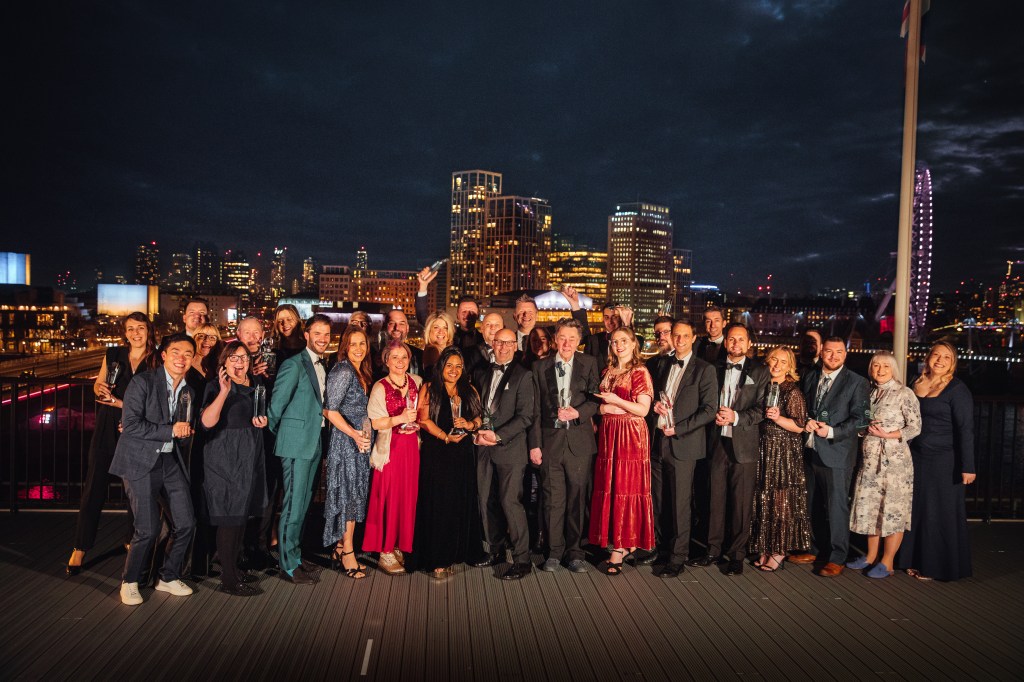
Thanks to the in-body optical stabilisation, I can shoot at slow shutter speeds even in low light. Sony A7 IV with DT 24-70mm F2.8 SAM at 33mm (1/50sec, ISO6400, F4) AP Awards 2023 Photo credit: Callum McInerney-Riley
My bragging rights are possessing the ability to shoot handheld landscapes at shutter speeds of 1/2 second or even 1 second. In reality, though, your subjects are often moving which means they will most likely be blurry. Stabilisation really comes into its own when you are using long focal-length lenses. You can get away with significantly slower shutter speeds than you would without IBIS, especially with optically stabilised lenses. Providing the subject is not moving at any real pace, 1/30 second will be sharp with lenses below 100mm. With the optical stabilisation of my Sony FE 70-200mm F2.8 GM OSS II, I can shoot at 200mm using 1/60th and have a very high success rate of sharp images. When you’re shooting portraits using flash, I often try and bring in as much ambient light as possible. Being able to shoot a long lens at 1/60th of a second is an absolute game-changer for this type of photography. You can get that amazing look of a telephoto lens without having to push the ISO, blast it with flash or open the aperture up too much.
Sony Alpha A7 IV – Rolling Shutter
I was fortunate enough to be invited to shoot an event that involved working gun dogs performing retrieves across fields and woodland. The dogs are competing, so it’s imperative that photographers don’t distract the dogs with high frame rate shutter slapping sounds. Before the event, I was asked to pick my shots very carefully and only take 1 or 2 per retrieve. However, Sony’s electronic shutter and subsequent silent shooting mode meant I was not limited by how many images I could take. Thanks to this feature, I was able to select the images with good positioning of the dog and choose the critical moments that looked the best.
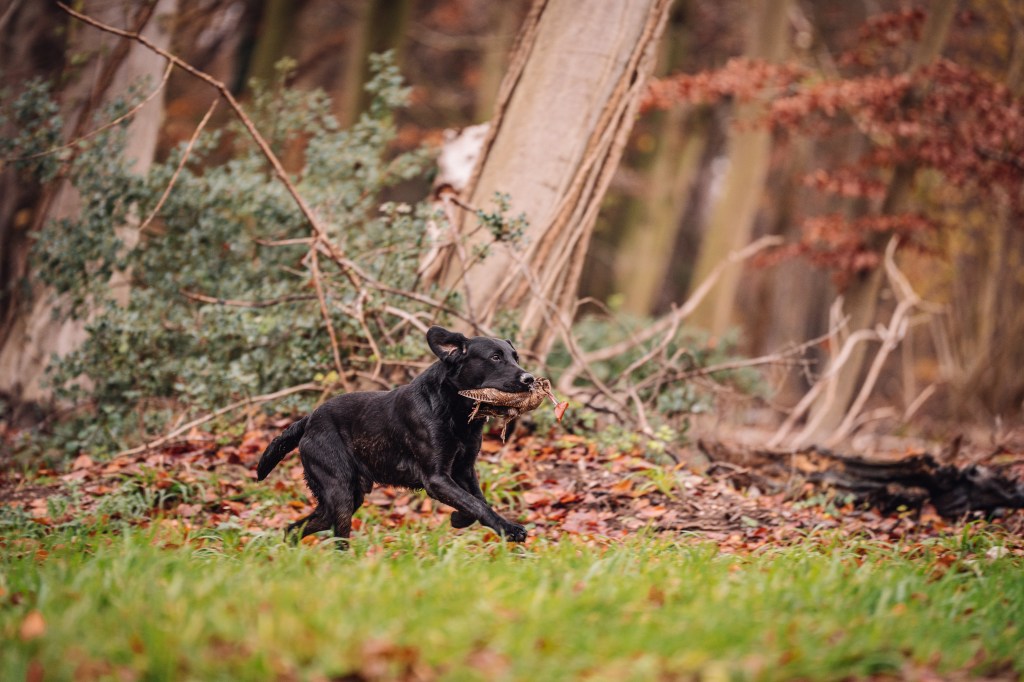
The electronic shutter and silent shooting mode put me at an advantage compared to DSLR users. Sony Alpha A7 IV with FE 70-200mm F2.8 GM OSS II lens (1/400, ISO 1250, F2.8) Photo credit: Callum McInerney-Riley
Other people at the event were limited to a couple of shots per retrieve using a DSLR which put me at a significant advantage. However, when I came to shooting in woodland, using up to 200mm focal length, the rolling shutter was very noticeable on my photographs. Most of the time you don’t notice the rolling shutter with this camera, but with subjects moving at speeds or the photographer panning quickly, it’s obvious. Seeing woodland that appears as if all the trees have grown at a 15-degree angle, it’s hard not to be distracted by it.
Sony Alpha A7 IV – LCD and Viewfinder
One of my biggest complaints about the Sony Alpha 1 was the LCD screen. While the resolution is impressive, the tilt-only mount is annoying, especially when shooting in portrait orientation. Well, the Sony A7 IV has a fully-articulated LCD screen with a 1.04-million-dots. While it is not especially high resolution, the articulation means you can shoot vertical video and see the LCD screen brilliantly. You can also flip it out to the side, which I find useful when shooting video as I can bring the camera closer to my body for better stabilisation. In the latest Sony Alpha A7R V you see a hybrid articulated and tilting LCD screen which is just brilliant. With that said, I think the A7 IV LCD does the job really well, so I won’t complain.

BASC – Trevor Turnnidge carves and paints duck decoys at his home workshop in Essex. Sony A7 with50mm F1.4 DG HSM Art lens (1/1000sec ISO 800, f/2.8) Photo credit: Callum McInerney-Riley
Moving from an optical viewfinder to an electronic one is a learning curve. Thankfully, the A7 IV has a 3.68m-dot EVF with 0.78x magnification. That makes it decent for composing images and I absolutely love having the ability to review images in the viewfinder on bright days. Focus peaking and enlarged view for manual focusing are also incredibly useful to me. If were to find any negatives, it would be that the display is slightly laggy and I did find I missed a key shot because of this – or maybe I was just slow but I was certain I had nailed it! Overall, I would say the A7IV is a joy to review and compose images with.
A lot of little wins
It would be an injustice to this camera to omit some of the finer features and details that all amass to make the A7 IV such a great bit of kit. One such feature is how the shutter covers the sensor when the camera is powered off. For the first couple of months of owning the camera, I was a bit scared of having the shutter exposed for fear of damaging it. I got quite a bit of dust on the sensor when doing outdoor shoots and since turning the shutter protection on, I have significantly reduced that. A win for Sony.
Another feature is the in-camera lens breathing correction setting for video. You can do focus pulls between subjects and it uses some in-camera processing magic to remove focus breathing and make it look like you own proper video lenses. Another win.

The buttons on the A7 are customisable for video or still shooting mode. Sony Alpha A7 with FE 70-200mm F2.8 GM OSS II (1/160sec, f/2.8, ISO 800) Photo credit: Callum McInerney-Riley
The new Photo, Video, and S&Q switch located below the mode dial is really useful for hybrid video shooters like me. I also really like the ability to customise my buttons depending on if I’m shooting video or stills. I’ve set the function menu to handle almost all of the things I want for a day of photography. When I am working on video projects, I need loads of custom buttons right at my fingertips. With these, I can punch in and review focus, turn down my AF Transition Speed in video, and have control of my audio levels.
Do you remember when Sony menus were just hateful? Because I do. Not too long ago, I was regularly left scratching my head trying to operate the menus on Sony, Olympus and my dishwasher. Skip to 2023 and I still have no idea if I need salt or rinse aid but I can now operate the Sony A7 IV with proficiency. Better UX, colour coding of menus and adding clarity to the things you are changing have made all the difference.
Sony Alpha A7 IV – Build Quality
If you have the Sony A7 IV side-by-side with the Alpha 1, it feels somewhat cheap in comparison. While the polycarbonate body makes it lighter at just 650g, it does feels like it’s built on a budget. However, I have really abused this camera shooting from kayaks at sea in the middle of the night, in tidal marshes in the depths of winter and car reviews in the rain. It’s never once faltered and it’s perfectly fine. Personally, if it works, is durable and it’s lightweight, then I would rather not have a full magnesium alloy body. I really don’t notice any handling issues in everyday use, but others may find it a sticking point.
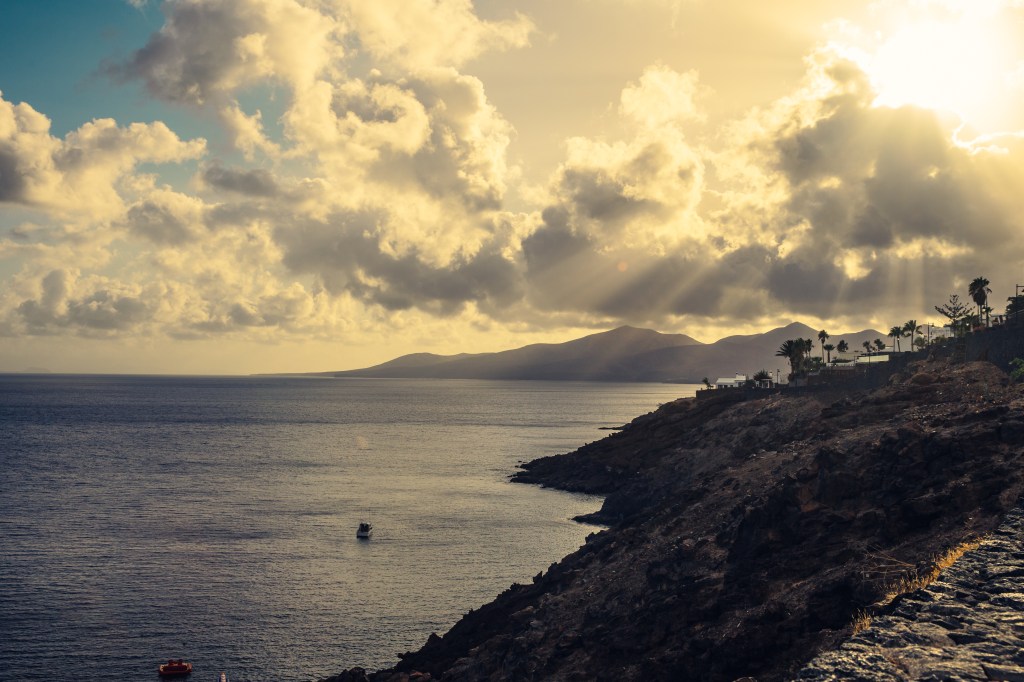
The weather sealing can handle rain without any issues. Sony Alpha A7 with DT 24-70mm F2.8 SAM lens (1/1000sec, ISO 400, f/11) Photo credit: Callum McInerney-Riley
All the little cosmetic improvements over the Sony Alpha A7 III are very welcomed. You now have much better hinged doors to cover the ports, a larger battery grip, and improved buttons and it just feels a lot better in your hand. Even with big lenses, it feels like a sturdy piece of kit and it can handle rain without an issue.
Autofocus
In the last few years, the autofocus in mirrorless cameras has improved in a massive way. Most of the latest cameras from the big camera brands are extremely quick and the A7 IV is no different. With a mix of fast processors, phase-detection points, contract detection points, better sensitivity and refined AF algorithms, the A7IV delivers a brilliant autofocusing performance in both stills and video.
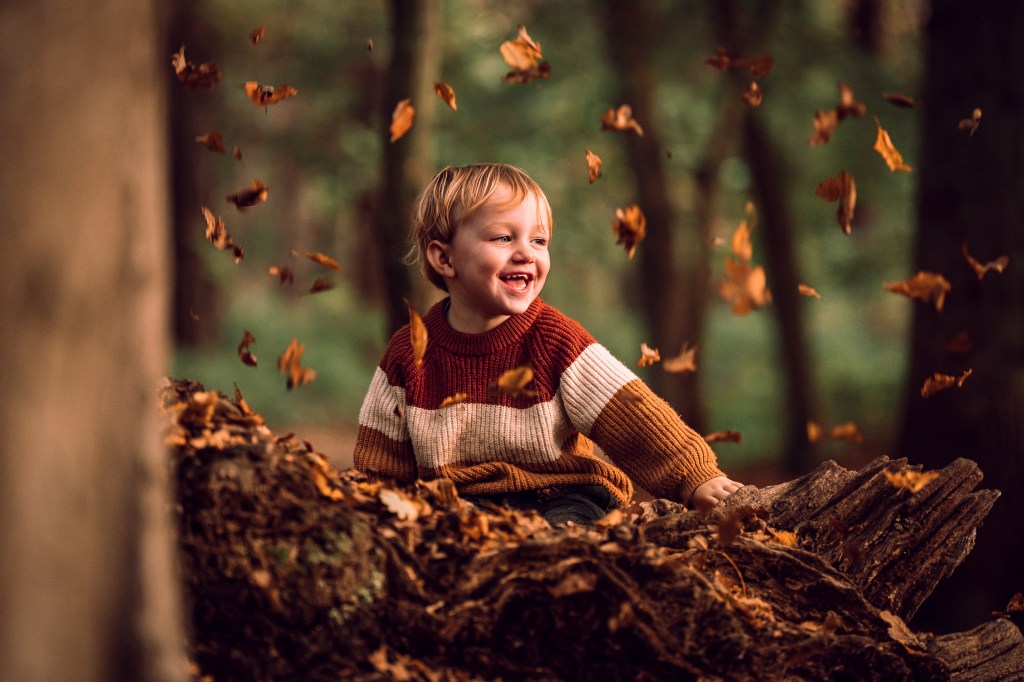
Eye AF is so accurate you don’t need to worry about whether you got your subject in focus. Sony A7 with FE 70-200mm F2.8 GM OSS II (1/320 sec, ISO 2000, f/2.8) Photo credit: Callum McInerney-Riley
I explained in my Sony Alpha 1 review that since moving to Sony I have changed my focusing habits from a single AF point, focus-and-recompose technique to continuous autofocus. When I have available light, I find myself using continuous focus most of the time. To make the focusing quicker, I try to be selective with the area I want the camera to find the subject. So, Expanded Spot or Zone focusing are my usual favourites. With eye-AF and AF Tracking on Expanded Spot, it’s accurate so often, I don’t need to worry about it.
In scenes with complicated framing through foliage or something in the foreground, I like to focus and recompose using either Expanded Spot in AF-C, or in really difficult situations, AF-S. Manual focusing is something I find myself doing far more often too. For subjects such as wildlife that tend to blend in with the environment, using a magnified view and focusing manually is not only easy, but also the most effective method of acquiring focus.
The A7 IV has the option to prioritise focusing specifically on Humans, Birds and Animals. In use, these autofocusing modes are just incredible. The reliability and simplicity of using eye-AF and selecting the right kind of subject is something to behold. I have so much confidence in it that I now use it for 95% of my shoots.

The A7 IV features separate AF modes for humans, birds and animals. Sony A7 with FE 70-200mm F2.8 GM OSS II (1/2500, ISO 1600, f/2.8) Photo credit: Callum McInerney-Riley
Sony Alpha A7 IV – Overheating
A battle is often fought between high resolution and high frame rate video, processing power, sensor design and heat dissipation. Every year, the appetite for 4K, 8K, or even 12K resolution grows, and frame rates are often 120fps or higher. That’s a huge amount of information for the camera to read and process, and as a result, things get pretty hot! Once your sensor heats up too much, the camera simply shuts off and you can’t shoot video anymore.
Most Sony natives know how to deal with overheating when shooting video but personally, I’ve never put myself in those situations for it to be an issue. As a result, I have also never paid attention to the little things you can do to help mitigate the shut-off. Imagine my surprise when I decide to shoot 4k 60fps in a hot kitchen with an external monitor and a bunch of other kit attached. Inevitably I’m left shrugging, waiting for the camera to cool down and apologising to my client for the wait.
A few lessons I learned are as follows. In the settings menu, you can turn the Turn Power Off Temp to High. This comes with a warning about potential sensor damage but it appears to be a very minimal risk. Secondly, I found out that not having the LCD screen against the body of the camera helps it to stay cool. Lastly, using an official Sony battery does appear to help your camera stay cool in these situations. Now you know. My takeaway from this is that the video features are fantastic but it doesn’t replace professional video kit, nor does Sony claim it should.

Shooting 4K video at 60fps in a hot kitchen was not a good combination. Sony A7 IV with 50mm F1.4 DG HSM Art (1/60sec, 1250 ISO, f/4) Photo credit: Callum McInerney-Riley
Sony Alpha A7 IV – Video
Video is something I am asked for more and more. I shoot content commercially and some personal stuff too. Often, I’ll be using the Canon cinema cameras such as C100 Mark II or renting something a bit better for big projects. Since buying the A7 IV I’ve found myself shooting video with it more and more. The primary reason I like using the A7 IV is the incredible video quality and resolution it boasts as well as reliable autofocus. The video is just so detailed with fantastic dynamic range even at higher ISO sensitivities. I find shooting in 4K and punching in is really useful when filming interview footage. It allows you to cut awkward pauses and silent moments really easily when exporting in a 1920×1080 timeline. Shooting in 4k 60p gives you a crop of 1.2x, which is a touch annoying. But the quality is there, so I don’t mind.
As I usually use this camera for low-budget run-and-gun kind of stuff, I don’t go crazy with the high-end features. If you are willing to put some moderate effort into editing and grading, you can shoot 10-bit 4:2:2 footage in S-Log3 and eke out beautiful colour, dynamic range and detail. For those people wanting a quick win, and I often find myself in that camp, you can shoot in S-Cinetone. This gives you a fantastic colour and dynamic range straight out of the camera, which minimises the need for colour grading. For social media content or quick turnaround video, this is perfect.
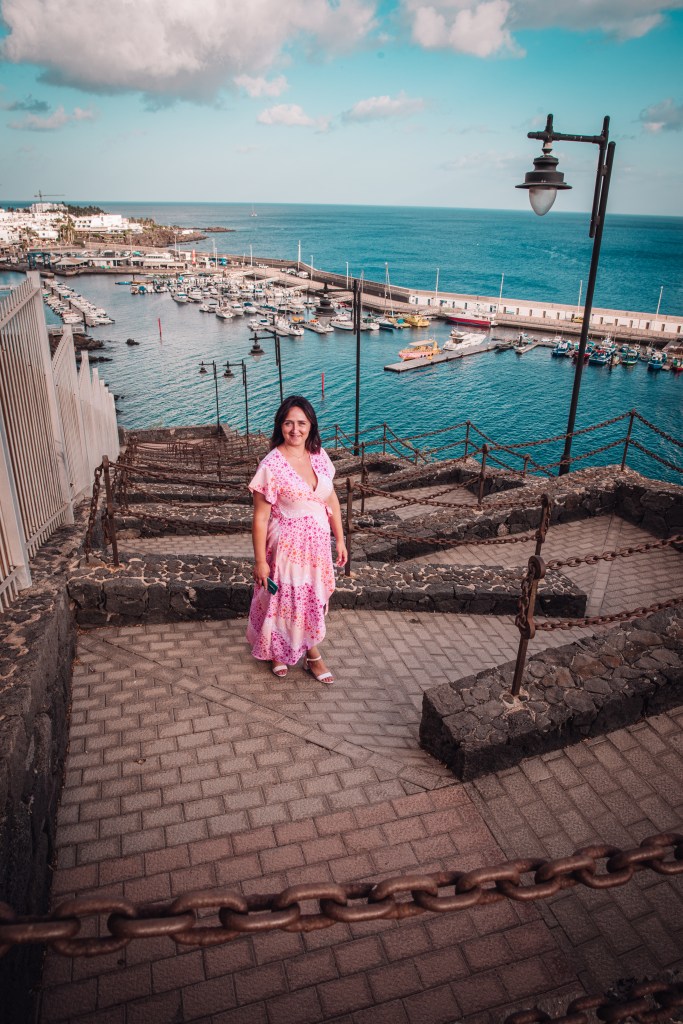
The A7 IV gives you a fantastic colour and dynamic range straight out of the camera. Sony A7 IV with DT 24-70mm F2.8 SAM (1/200, ISO 400, f/11) Photo credit: Callum McInerney-Riley
Unfortunately, there is a trade-off between resolution and rolling shutter. The Sony A7 IV oversamples from 7K on the sensor to create its 4K footage. With a lot of resolution and detail, you also get slower sensor read-out resulting in some obvious rolling shutter. So, it’s not great when shooting fast subjects or doing those quick whip pans we all love. But I’m happy with the trade-off because it’s the great video quality that I love about this camera.
Sony Alpha A7 IV Conclusion
Since switching over to Sony the standard of my photography has increased dramatically. I am able to get better shots overall and consistently. At one point last year, I had taken 6 out of the last 8 magazine covers for a well-known weekly sports magazine. The previous year, I had nowhere near that rate of success submitting my photos. Clearly, the A7 IV had given me the secret sauce with which to delight the picture editor.
One of the features I love most about the A7IV is its autofocus. Whether I’m shooting stills or video, the camera’s advanced AF system always delivers reliable and precise focus, even in challenging lighting conditions. I have absolute confidence it will do the job for me. Of course, my success rate of sharp images isn’t 100% but it’s the closest I have ever been, which gives me a lot of peace of mind. The AF options for humans, birds, and animals have been a game-changer when shooting everything from events, portraits, editorial work and family stuff too.
When it comes to video, the A7IV’s quality and resolution have been a huge asset. Shooting in 4K provides me with detailed footage with fantastic dynamic range, even at higher ISO sensitivities. I find it particularly useful for interview footage, allowing me to cut awkward pauses and silent moments easily when exporting in a 1920×1080 timeline.
The A7IV’s performance in low-light conditions has been impressive. Its high ISO capabilities mean that I can shoot without worrying about losing too much image quality. Also with stabilisation from lenses and the 5-Axis in-body stabilisation, you can get away with lower ISO settings and really nail some amazing shots in all conditions.
I am struggling to find any negatives with this camera. If pressed, I would say overheating and rolling shutter are the biggest annoyances, but it’s really rare you find them becoming an issue.
Overall, Sony has made huge improvements on the Sony A7IV with design, build, menu systems and image quality. It’s really nice to use, the images and video quality is phenomenal and at this point, I’m running out of superlatives. It’s a ruddy good camera! I can confidently say that the Sony A7IV is a camera that has truly elevated my work to new heights.
Read our full Sony A7 IV review.
For more options have a look at the best Sony cameras, and the best Sony E-mount lenses.

